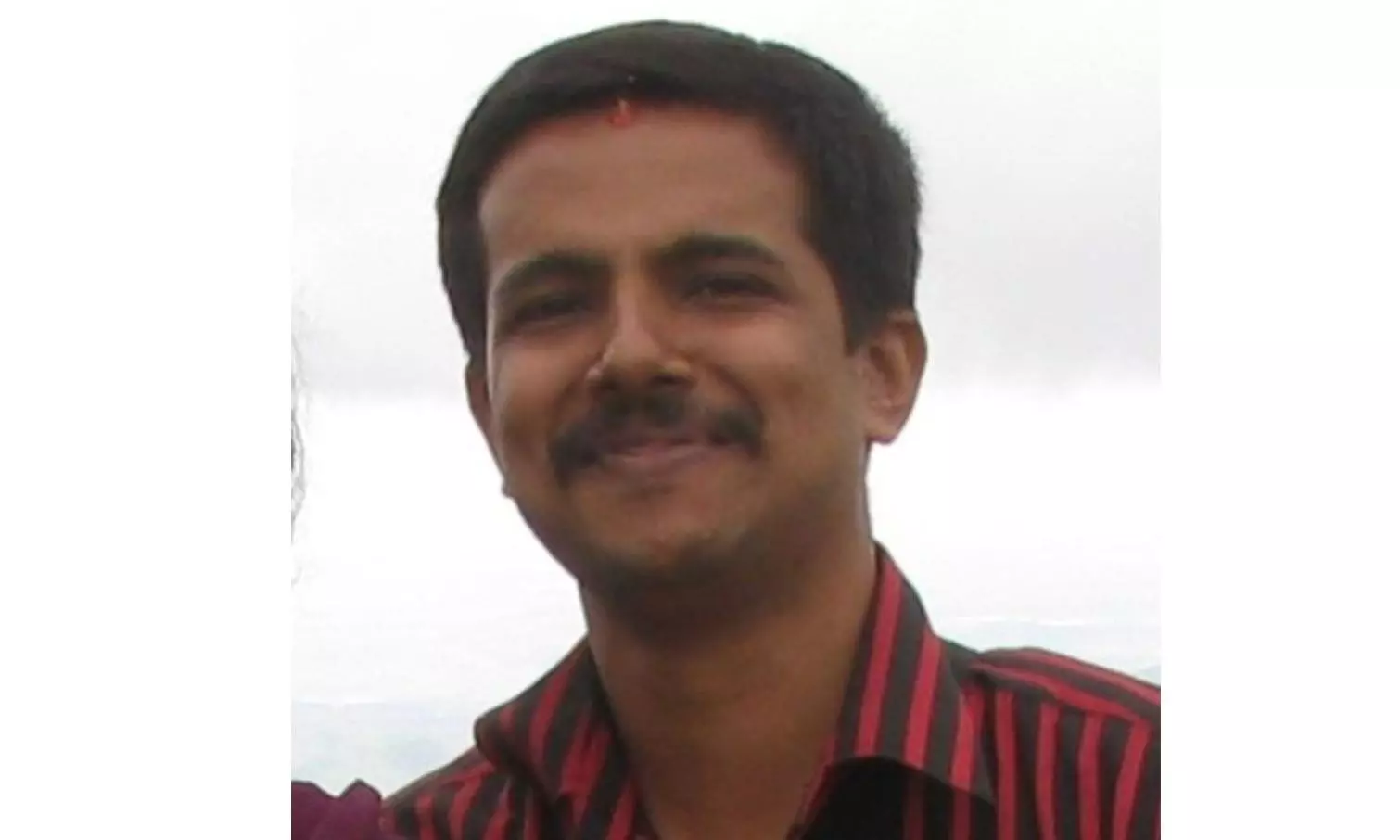Congress, BJP Lock Horns in Karnataka as LS Polls Get Closer

Mangaluru: As the political arena heats up with the forthcoming Parliament election, all eyes are on the Congress and BJP, each vying for supremacy. While BJP claims to sweep all 28 seats, the Congress is aiming to grab at least 20 seats. An interesting question looms large in the minds of both the voters and party workers alike: will the 135 seats held by Congress in the 228-member Karnataka assembly help its prospects in the upcoming election?
Both camps present convincing arguments. While Congress says that its sizable assembly presence will surely sway the tide in its favor, BJP counters by pointing to historical data where despite reigning in the state, Congress failed to beat the BJP in the parliament election.
In Karnataka politics, the statistics speak volumes. Over the past four elections, Congress has failed to break into double digits in the state. BJP leaders argue that past elections have shown a divergence in voting patterns between assembly and parliamentary contests. For instance, despite Congress holding 122 seats in the 2013 assembly elections, the following parliamentary election (in 2014) saw the BJP clinch 17 seats compared to the Congress party's 9. A similar trend continued in 2019, with BJP sweeping 25 seats while Congress and JD(S) managed only one each, even when the latter coalition held power in the state assembly.
Despite these trends, Karnataka's electoral history reveals interesting facts. There are instances where the party with a stronger assembly presence also reaped greater parliamentary rewards.
In 1999, Congress, led by SM Krishna, formed the state government and secured 18 out of 28 parliamentary seats, overshadowing BJP's tally of 7. In the 1994 assembly elections, Janata Dal, led by HD Devegowda, won 115 seats and formed the state government, and in the parliament election held two years later (1996), the party achieved a record by winning 16 seats. Under the banner of the United Front, Gowda became the Prime Minister of India.
Similarly, in 1989, Congress almost swept the assembly polls with 178 seats. In the same year's parliamentary election, the party won 27 out of 28 seats, with the remaining one going to Janata Dal. Congress maintained its strength in the 1991 parliamentary election, securing 23 seats.
However, in the 1984 parliamentary election, despite the Janata Party being in power in the state, Congress won 24 seats.
These instances show that sometimes the party in power in the state wins more seats, while at other times, it doesn't.
The correlation between state and parliamentary outcomes, however, is not always straightforward. Strong electoral waves have often defied conventional expectations.
The 1985 elections saw Congress, under Rajiv Gandhi, outperformed the incumbent Janata Party government, buoyed by the wave following Indira Gandhi's demise. Meanwhile, the Vajpayee wave bolstered the BJP's fortunes in 1998, despite the Janata Dal holding power in Karnataka. Yet, in 1999, SM Krishna's leadership propelled Congress to victory in both assembly and parliamentary arenas, surpassing BJP's parliamentary tally.
Despite Congress's hold on the state in 2014 and the Congress-JD(S) coalition in 2019, BJP capitalized on the Modi wave to secure more seats in Karnataka.
With Congress setting its sights on winning 20 parliamentary seats in Karnataka, the party faces the daunting task of highlighting BJP's shortcomings while showcasing its achievements to counter the Modi wave. While Congress leaders are confident that all its MLAs are toiling by reaching out to the people, especially the success of guarantee schemes, the BJP is banking on Modi's accomplishments and Congress's failures to bolster its electoral prospects.
As the political landscape evolves, the ultimate verdict will rest on whether the voters bend towards the Modi wave or sway towards a Congress resurgence in Karnataka.

